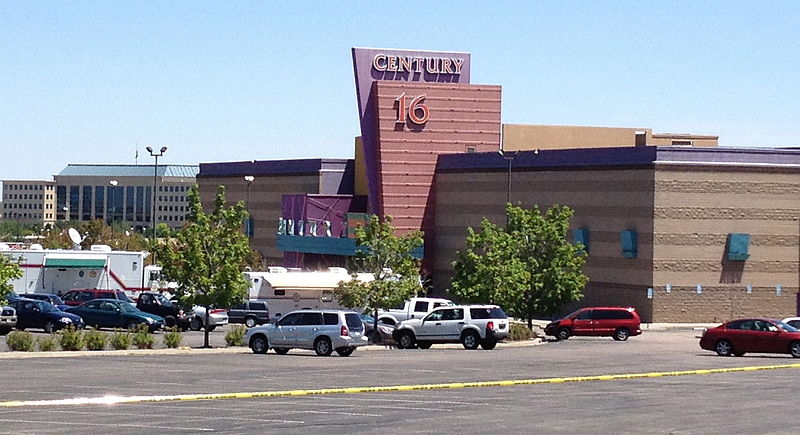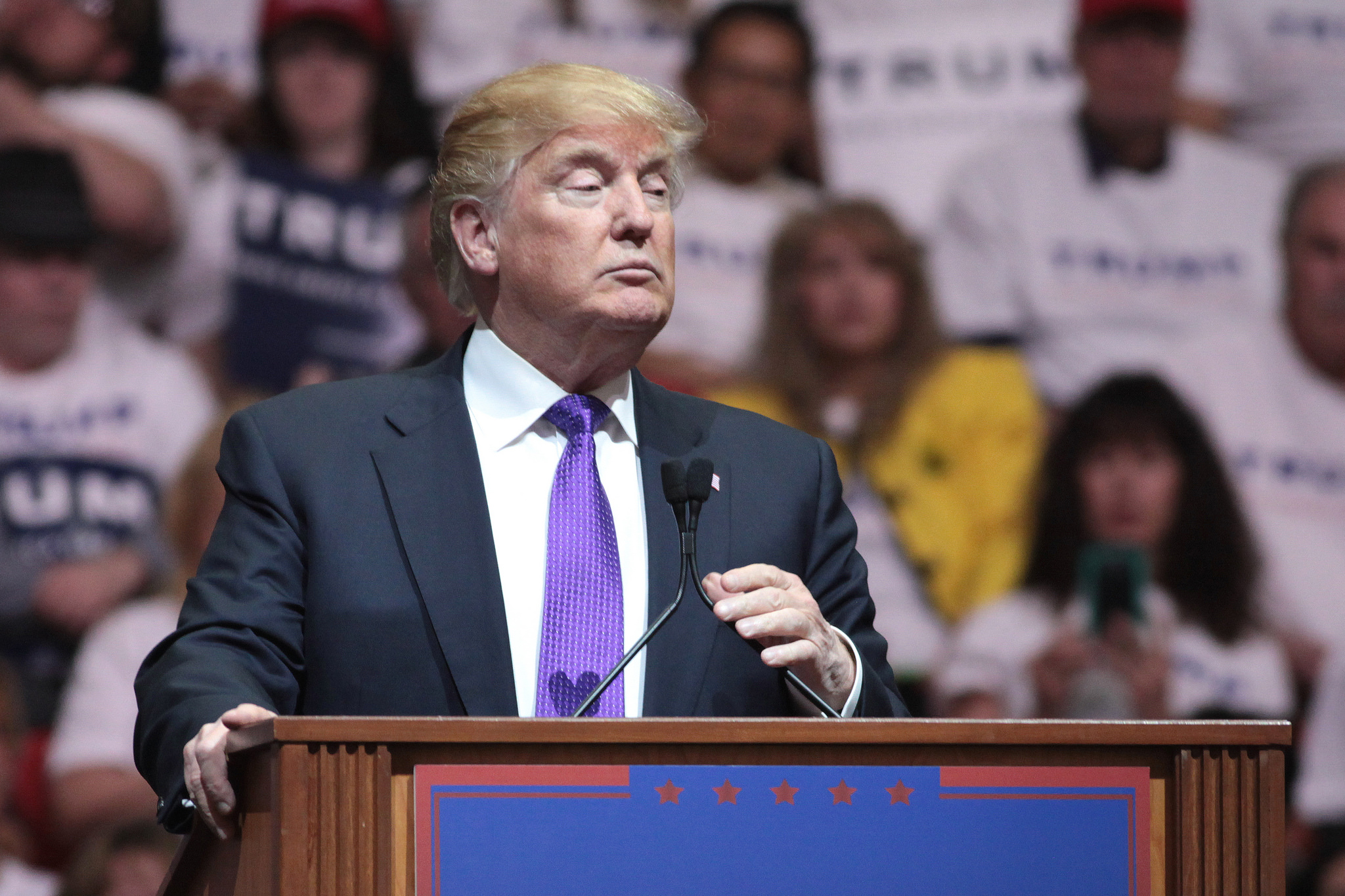By Joseph Young

The recent tragic events in Aurora, Colorado and Oak Creek, Wisconsin have sparked national debate over gun control, the role of violence in our society, and how to label such events.
What do we call each? Jesse Jackson and others have wrongly called the Aurora attacks domestic terrorism. Some have wrongly called the killings at the Sikh temple in Wisconsin mass murder. Getting the labels right is important because labeling an individual a terrorist is itself a political act — one that is often wantonly used to vilify an opponent. False labels just muddy the water. We need to move beyond labeling and simply classify similar acts so we can understand them and maybe even create policies to prevent them. It is useful then to distinguish these two back-to-back tragedies to understand how we can help prevent similar violence in the future.
What is terrorism? Most scholars and professionals in the field now agree that three elements are required to meet the core definition for terrorism. First, there must be violence (or threats of violence). Second, the violence must be targeted to influence an audience. Third, the violence is used in pursuit of a political goal.
To know if the attacks in Colorado and Wisconsin are terrorism or mass murder, we can compare the elements of this consensus definition to the details of the event. Once we have similar events grouped, we can identify patterns and commonalities and hopefully prevent future violent acts.
- Islam or Not Islam plus violence does not equal terrorism. Immediately after the Aurora incident, several activists on Twitter were quick to label it terrorism because the perpetrator did not fit the stereotype. I am sympathetic to this critique as both violence by Muslims or simply Muslims have received this label. As the long history of terrorism shows, many ethnicities and religions have perpetrated terrorism. We need, however, to group apples with apples and similar kinds of violent acts with each other so that we can understand their common motives and ways to prevent them. Certainly, the event in Aurora was violent, but it fails to meet the other two required elements.
- There must be a political motive. Right now it seems James Holmes’ attack was an apolitical act. What did the perpetrator want? Who was he trying to coerce? Why dress up as the Joker? Any political motive is lost as this is an act of a mentally ill person. What is clear, however, is that this particular brand of mass killings are uncommon events, mostly perpetrated by young white men. Does this rule out religious or cultural motivations for violence? No. Anytime an individual or group is trying to change the behavior of another group, the action is political, whether motivated by religion, culture, or something else. Politics is about power — or, getting someone to do something that they don’t want to do, regardless of the specific motivation. In similar mass murder events (Columbine, Virginia Tech), there was no attempt at coercion or changing anyone’s behavior. In Wisconsin, some observers wanted to avoid the terrorism label and call it murder. While we cannot say for sure what the motives of the perpetrator were, his tattoos, involvement with extreme groups, and published beliefs suggest a political motive. Whether the motive was to instill fear in a larger audience, to spark others to act, or to start a larger conflict is unclear, but these are all coercive actions and thus political acts.
- There must be an audience for the violence. Terrorism, as deadly as it sometimes can be, is about fear and not extermination. Mass murder, like the Aurora shooting, is more similar to genocide as the target of the violence is also the audience. As far as we can tell, the concern of the perpetrator in Colorado was killing as many people possible rather than coercing or influencing a larger group. The Wisconsin shooter likely wanted to speak to a larger audience and change their behavior in some way.
Most importantly, it may be quite difficult to predict who the next mass murderer will be, although there were some signals. Predicting who is likely to use violence for political means, while also difficult, is possible. The Wisconsin attacker posted calls for violence in online forums and his extreme views were well known for nearly a decade. Given this, there are thousands of people with similar views that do not act. Understanding why could help prevent this kind of violence in the future.








6 comments